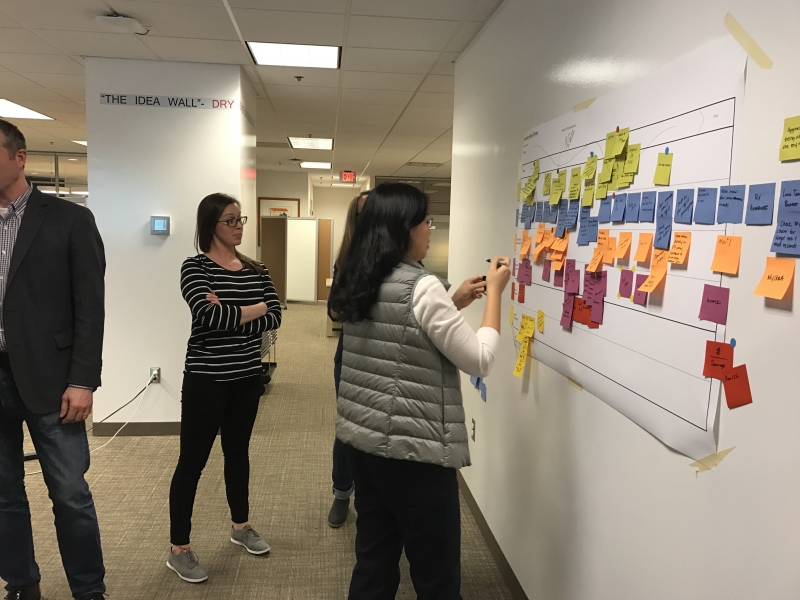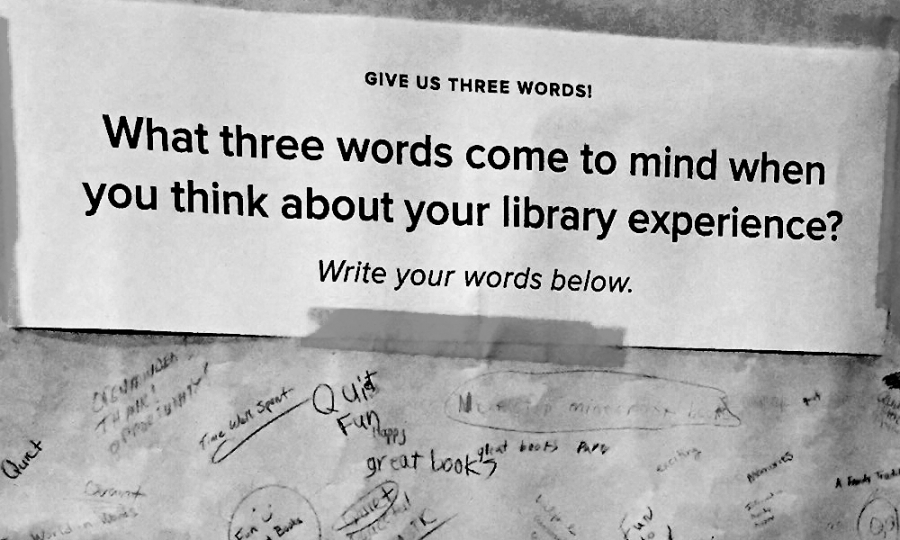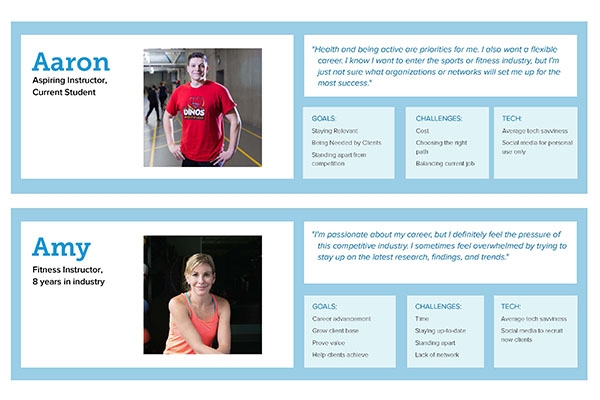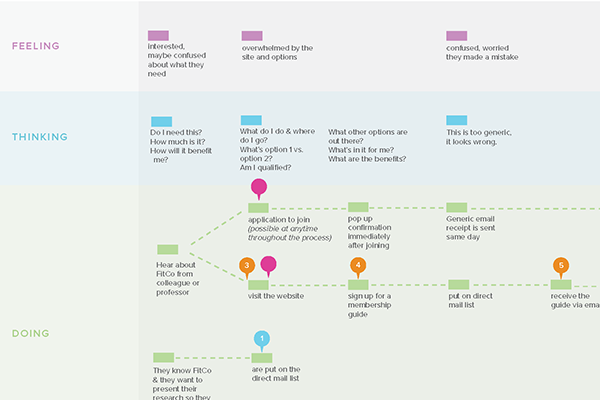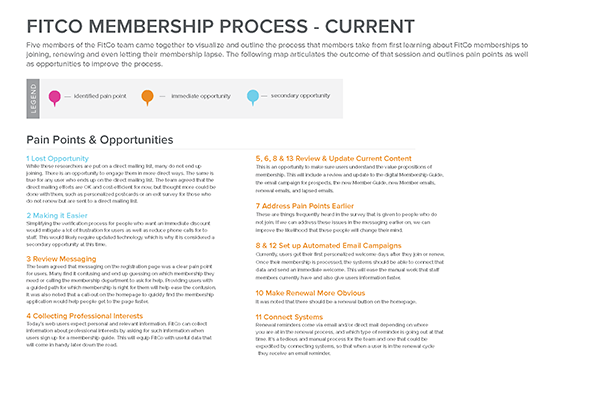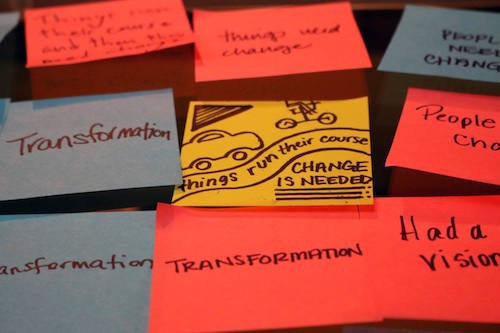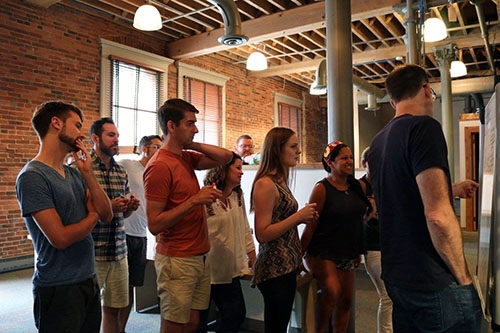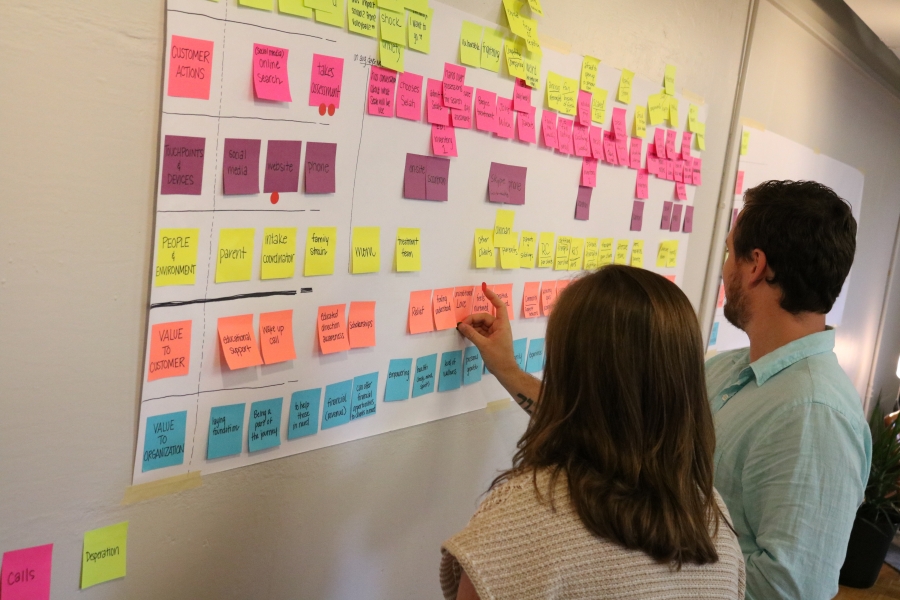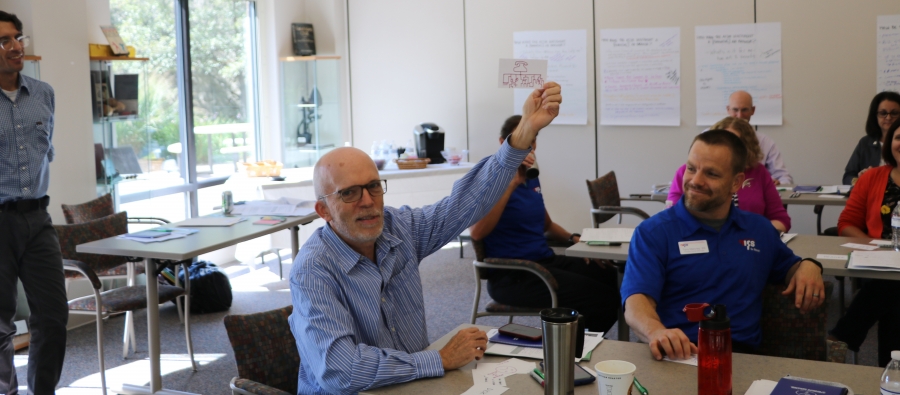We are all used to getting notifications from software updating or “versioning” to its next iteration. In fact, we’ve come to expect regular updates from our devices that improve our experience. Apple even turns these version announcements into something of a spectacle. 2.0 replaces 1.0, and so on. Their fans ooh and ahh at new features and functionality. What if we apply this thinking to companies? Should they also seek to version? What would that look like to roll out major updates to your organization?
The reality of modern business is one of ever accelerating evolution and change. Entire industries are being uprooted and transformed by new technology and what it enables. New service models, new devices, new ways of working… they are popping up every day. This is putting tremendous pressure on businesses to evolve.
I believe it is time for businesses to adopt the software model and consciously version. Not just their offerings, but the way they deliver them. This starts with the employee experience, the systems and tools the organization runs on, the facilities used to operate and, yes, the product taken to market. You cannot version the offering without updating what powers it.
How do you know it’s time?
Usually when change is overdue, you can feel the pain in different areas:
Is your employee morale declining?
Your market share eroding?
Does your brand feel tired?
Are you getting too comfortable?
All of these are signs that it’s time to version your business. Even if you don’t answer yes to any of these you probably ought to be thinking about it now before you are scrambling to keep up.
To version your company I suggest you start with identifying the past phases of your business. What version you are currently running on? Is it 1.0, 2.0 or 3.0? This creates some a foundation to build from. It also creates language to talk about how things are and how they will be.
For instance, at SmallBox we recently “launched” our 3.0 offerings. This required first acknowledging what our 1.0 and 2.0 offerings were. We started the company in 2006 strictly as a web development shop. The 1.0 version of SmallBox was more of an outsourced development team for other agencies. In our 2.0 era, we branched out into marketing, brand, and finally culture. We often referred to the offerings in this phase as “culture-powered marketing.” We embraced starting projects with “Discovery,” or research that would inform more meaningful designs and solutions.
At this time, we had adopted a new vision: to spark a revolution of people-centered work. We didn’t even yet fully understand what that would come to mean for us, but we stuck with it since it inspired us. Our focus on culture led us to starting client projects at a more foundational level, focusing on identifying or updating organizational values and building core language. This vision and our new ways of working led us to increasingly focus on user experience, design thinking, and deep, strategic consulting with our clients. SmallBox 3.0 is rooted in organizational consulting.
Moving to Action
So, how did we get there? Once we had reckoned with our past and defined our future vision, it was time for action. These were the three steps we found most helpful to getting to our next version:
Team Development
You can’t expect to version your business without preparing your team for the transition. The people in your organization are the real power behind your services and products, so this is not a step to underestimate. The bigger your changes are, the more time and resources you’ll need for this.
We spent the year leading up to our pivot expanding our skills in facilitation, design thinking, and experience design. Some of these skills were already in our toolkit, but we wanted deeper mastery and outside perspective from experts in our field. We hired an expert in facilitation training first. We took online classes and held reading discussions. During our Winter 2016 Factory Week we brought in outside Design Thinking trainers for brand and customer experience sessions. While many of our steps were difficult or time consuming, professional development was by far the biggest investment we made for our transition. Aside from the many hours we invested of our own time, we spent about $50,000 on training for a team of 15.
This area was particularly difficult for another reason – we discovered our new chosen work wasn’t aligned with the career paths of every teammate. We had to make some changes to our team to be staffed correctly for 3.0. Never an easy step. This took time, and many conversations, until we had the right people on the bus.
Product/Service Design
Whether you’re a service or product company, a nonprofit or a business, versioning requires taking a step back and examining all of your offerings. Start by mapping out what your products or services are now, then look at where they need to go. An exercise we facilitate with clients is “Invented/Default Future” which explores what an offering might look like in the future with and without changes.
In our case, some of our services, like branding, just needed a tweak, some needed to be sunset and others needed to be re-designed or built from scratch. We did research, talked with clients, talked with mentors and peers, did countless hours of whiteboarding and collaborating exercises. While we transitioned from 2.0 to 3.0 we began to recognize value in the way we were working and turned that into a workshop which we now offer to clients and the public.
Client/Customer Conversations
This is one of the hardest parts – sharing that you can no longer support an activity that doesn’t align with your new direction. But it’s critical to let go of old things to make space for the new.
We met with our clients to talk about the coming changes, and determine together if we were the right fit for them moving forward. For those still looking for tactical marketing help, we made referrals to a new agency if we aren’t the right partner going forward. We made sure the transition was a smooth one even if it meant doing “2.0” work for a little longer than we had expected.
Making the leap…
By the end of 2016 we will have completed the launch of 3.0. It was often messy and very hard, but we are making it happen and we are confident it sets us up for a long stretch of growth.
If your company feels stuck, maybe it’s time to version. Don’t panic. Just take it one step at a time. Even if you make mistakes, you’ll likely be better than those who choose to ignore the warning signs.
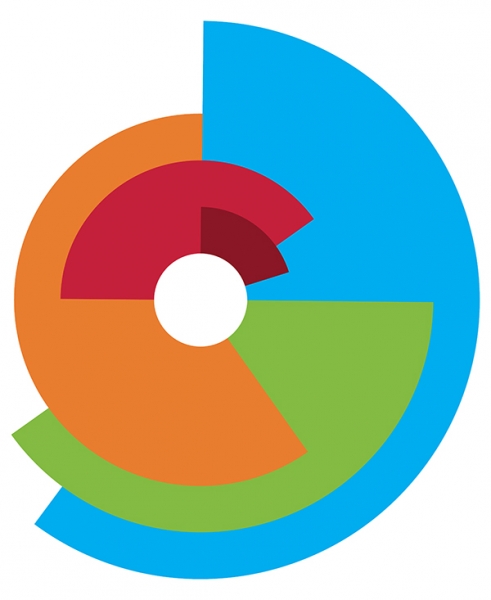 We are here to tell you it’s okay to be intimidated, and it’s okay to be excited. What you need to know is that Design Thinking shouldn’t be studied and put on the shelf, it requires that you take action and apply it. Even if it’s using one simple tool that you think can get to better insights for your team or outcomes for those you serve. We say commit to Design Doing (not just thinking)!
We are here to tell you it’s okay to be intimidated, and it’s okay to be excited. What you need to know is that Design Thinking shouldn’t be studied and put on the shelf, it requires that you take action and apply it. Even if it’s using one simple tool that you think can get to better insights for your team or outcomes for those you serve. We say commit to Design Doing (not just thinking)!